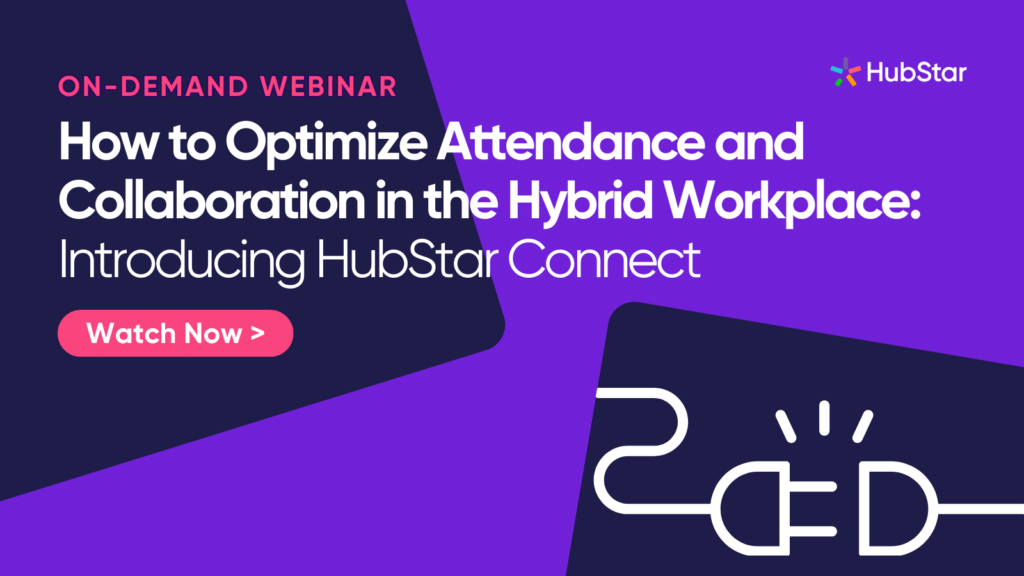
3 Reasons Employees Hate Coming into the Office and How to Fix Them
Return-to-office is an outdated term, because what are we returning to? An assigned desk in a cubicled, beige-carpeted liminal space that everyone just accepted as the status quo?
The office, and what employees expect from it, has evolved over the last few years. Workplace leaders have an opportunity to change the role of the office to be better for productivity, social connection and wellbeing.
Remember a few years ago when the death of brick and mortar retail at the hands of the pandemic was constantly forecast as just around the corner? Well, that didn’t happen, because retailers rethought what physical stores offered consumers. Stores became destinations that gave consumers something they couldn’t get online.
It’s time for the workplace to do the same.
A successful hybrid office is fueled by purpose-driven attendance, not heavy-handed return-to office mandates. That’s what the future of work actually looks like, rather than a forced attempt at returning to a past that, if we’re all being honest with ourselves, nobody really liked all that much.
To build a better workplace, the people who would benefit from coming into the office should be able to plan the perfect day, easily. But there’s a few things preventing that, and chances are, we’ve all experienced them.
Here are three reasons employees hate coming into the office and the steps you can take to fix them.
1. Figuring out when colleagues will be in is a pain.
Almost 60% of employees in a 2023 survey reported team-work and socializing as the biggest draws for coming into the office.
The prerequisite for this is having the right people – friends, colleagues and managers – in the office at the right times. But it can be pretty painful and time-consuming to figure this out. Messaging colleagues and work besties on Teams or Slack and figuring out where they’ll be sitting are mental gymnastics that nobody has time for.

The prospect of doing all this work and then turning up only to find out that everyone on your team has decided to work from home also makes the office look pretty unappealing.
How to fix it: Automate the searching and schedule-coordination process, so it’s easy for people to see which days their friends and colleagues are coming in.
2. It’s impossible to get quiet work done.
Noisy roommates, kids and just wanting a change of scene are all reasons people aren’t coming into the office for teamwork or socializing.
But when you turn up only to find the office packed to the brim with people jostling for desk space and chatty Cathies, it makes you wish you’d never bothered to sacrifice the relative peace and quiet of your home-working space. It also damages productivity and fuels resentment.
No one should have to invest in noise cancelling headphones because of poor workplace management.
On the flip side, when you discover you’re the only one in for the entire morning after an hour-long commute, coming into the office to be around colleagues automatically becomes a huge waste of time. Sometimes it can feel downright eerie and unsettling.
Both of these scenarios have this in common, however – they’re a clear signal to employees that their workplace experience isn’t worth investing in. Both are a sure fire way to prevent people from ever coming back in and telling their colleagues about it.
How to fix it: Give employees a way to see how busy or quiet the office will be in advance.
3. There’s no compelling reason to go into the office.
And no, getting work done isn’t a compelling reason.
Employees aren’t a captive audience anymore and haven’t been for a long time. So the good old-fashioned free snacks, ping pong tables and Friday beer fridges aren’t going to be adequate to make the office a desirable destination for most people.
So what does? There’s no easy answer, because it varies from person to person.
Some might want to plan days in the office when there’s a company-wide huddle or quarterly get together. Others will want to spend time with colleagues in non-work environments like happy hours or lunch yoga classes. And others, especially younger employees, will look for in-person mentorship and development opportunities.
Indeed, 83% of Gen Z reported mentorship as being critical to their career development, but only 52% report having a mentor.
How to fix it: Showcase office events and socials in advance, so people have a compelling reason to come into the office and overcome remote work inertia.
Introducing Connect – the workplace experience tool that gives your people a reason to come together, with purpose.
Check out this on-demand webinar to explore the latest data on why return-to-office mandates don’t work and how to increase purposeful office attendance with HubStar Connect.
With Connect, your teams can see which days friends and colleagues will be in, check out how quiet or busy the office will be, and showcase office events and socials.



